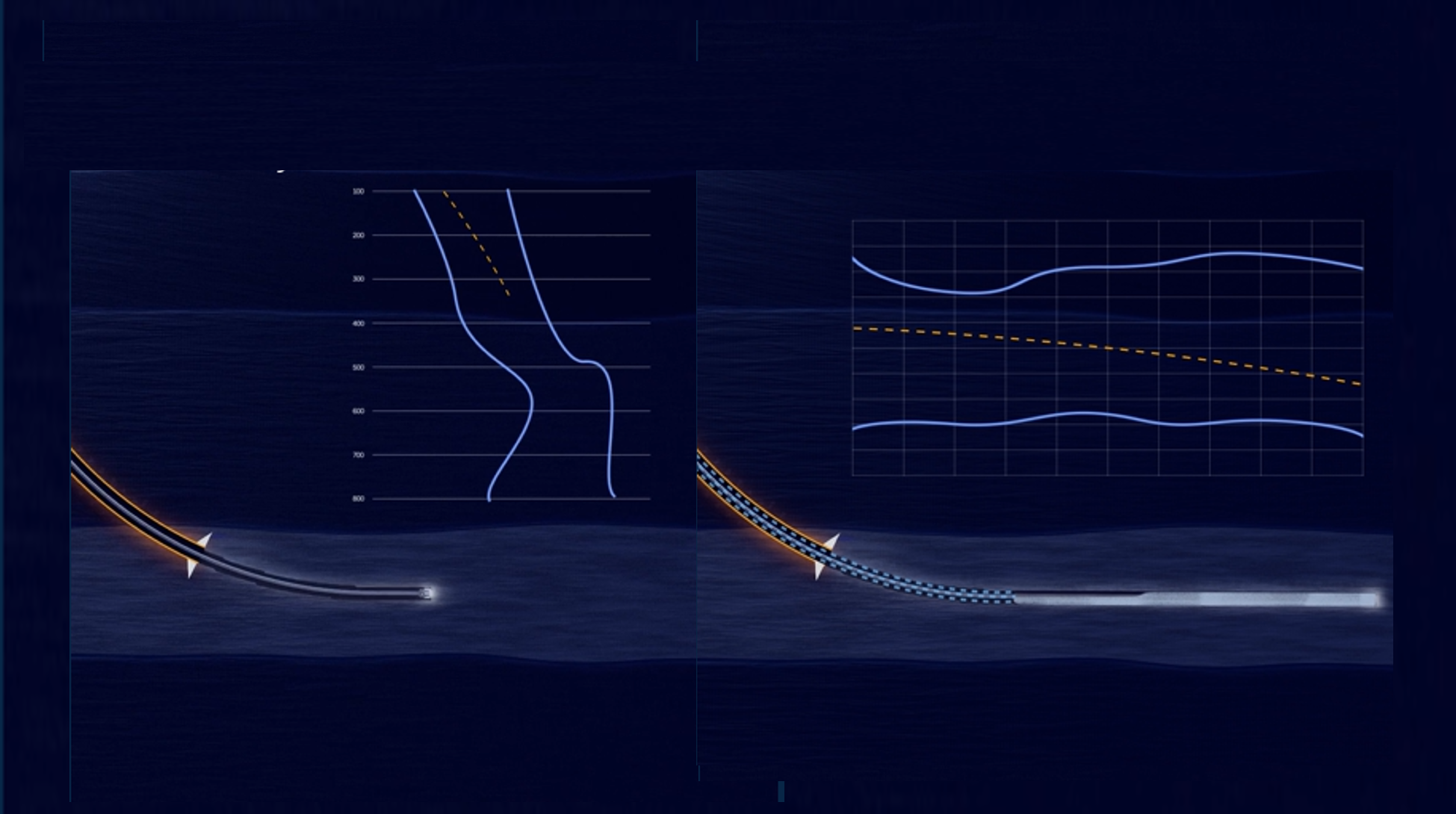CCS, SBP, CML - A Comparison Guide
This guide is carefully designed for drilling engineers and tech advisors, highlighting the differences between CCS, SBP and CML methods, by comparing them on several points.
Snorre is a Technical Sales Manager at Enhanced Drilling, bringing with him 20 years of experience in the drilling industry, with a strong focus on drilling fluids and MPD.
He began his career offshore as a mud engineer before transitioning into project management roles onshore. After spending a decade working internationally, Snorre has returned to Norway, shifting his focus from operational responsibilities to a more specialized role in technical sales.
Sneak peak of what's ahead:
-
Get an overview of how the three methods operate and what distinct pressure profile they create.
-
Read about the applicability of the three different menthods across different environments, rig types and well sections.
-
And their benefits and disadvantages associated with operations, well control, rig time and other events and operations not applied for all wells.
Executive summary
The three most common MPD methods are Continuous Circulation Systems (CCS), Surface Back Pressure (SBP) and Controlled Mud Level (CML). These methods all provide the ability to hold a Constant Bottom Hole Pressure (CBHP) in the well, however there are many differences separating them.
As a drilling tech advisor or drilling engineer, selecting the right technology for your operations is crucial. This guide highlights the differences between these methods by comparing them on several points such as: Bottom Hole Pressure, usage areas, operations, well control and rig time.
After reading this paper, you will have the knowledge to make informed decisions when choosing the right MPD method for your drilling operation.
Before exploring their differences, let’s have a quick look at how they work.
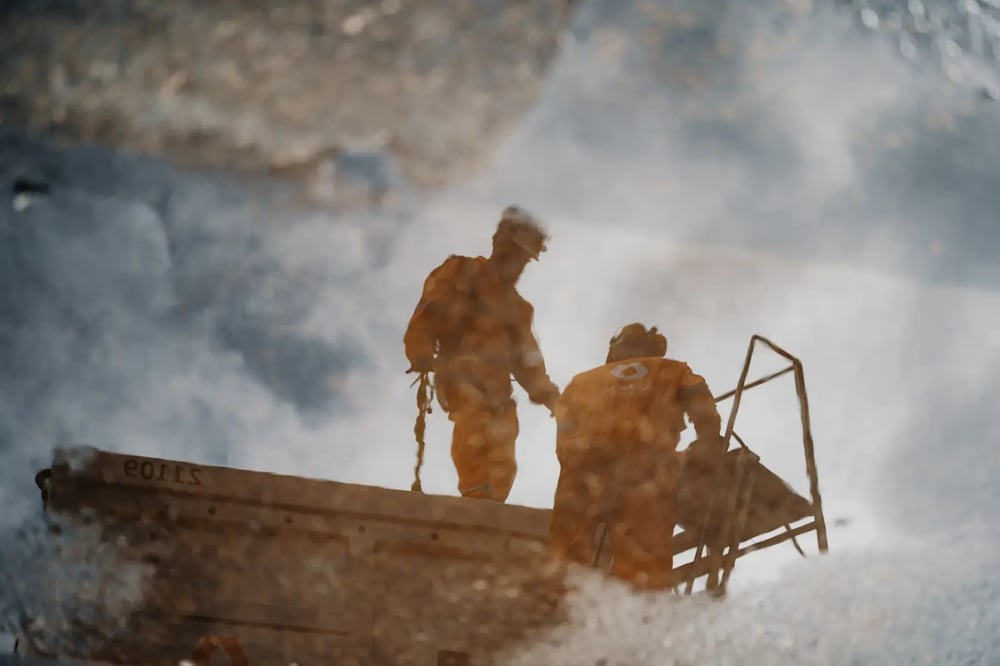
How do they operate?
CCS
The CCS method enables circulation during connections. This is typically achieved by using a sub on top of each drill string stand. After the stand is drilled down, a hose is connected to the sub providing flow down the drillstring during the connection. The CCS method achieves a near constant Equivalent Circulating Density (ECD) profile in the well for circulating and non-circulating operations.
The common drilling approach for CCS is using a lower fluid density to create the desired ECD profile, ensuring this is maintained by continuously pumping down the drillstring
SBP
The SBP method uses a surface choke to apply back-pressure on the well. To create a closed-loop system, a Rotating Control Device (RCD) seals around the drillpipe in the well, with a dedicated return line leading back to the flowline.
A common drilling approach for SBP is using a lower fluid density to create the desired ECD profile and then compensate for the lack of friction during non-circulating events by applying pressure using the surface choke.
CML
The SBP method uses a surface choke to apply back-pressure on the well. To create a closed-loop system, a Rotating Control Device (RCD) seals around the drillpipe in the well, with a dedicated return line leading back to the flowline.
A common drilling approach for SBP is using a lower fluid density to create the desired ECD profile and then compensate for the lack of friction during non-circulating events by applying pressure using the surface choke.
Bottom hole pressure
The aim of MPD is ultimately to control the pressure in the well. Each of the three methods employed – CCS, SBP, and CML – creates distinct pressure profiles while operating in a Constant Bottom Hole Pressure (CBHP) mode.
CCS
The pressure profile created by CCS is the most consistent across the annulus. From the shoe down to the bit, the profile is a near constant
ECD profile. The only minor fluctuation in pressure occur due to the non-rotating pipe during connections. Unlike the other methods, CCS operates without an anchor point for CBHP, resulting in no significant deviations between static and dynamic conditions above or below any points in the well.
SBP
The pressure profile created by SBP generates higher pressure at shallow depths. This profile can be beneficial if there is a high-pressure zone below the Shoe and lower formation pressure further down in the section. The dynamic and static pressure profiles deviate
more from each other the further away from the anchor point you go. The static pressure profile will always be higher above the anchor
point and lower below the anchor point whereas the dynamic pressure profile will be lower above the anchor point and higher below the
anchor point.
CML
Conversely to SBP, the pressure profile created by CML generates lower pressure at shallow depths. This profile can be beneficial if the Shoe is the weak point with higher formation pressure further down in the section. As with SBP, the dynamic and static pressure
profiles deviate more from each other the further away from the anchor point you go. Generally, both static and dynamic pressure
profiles are lower above the anchor point and higher below it.
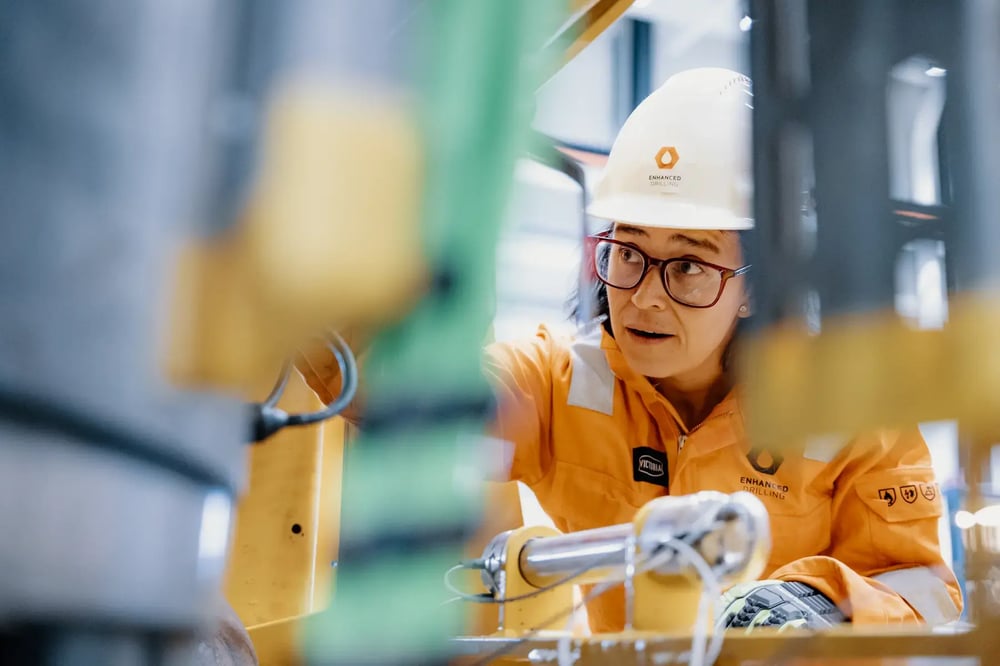
Usage areas
Land, shallow water and deep water
CCS
CCS can be used in all environments.
SBP
SBP can be used in all environments.
CML
CML cannot be used on land. It can be used in shallow waters with limited ability to adjust the fluid column.
Types of rigs
CCS
CCS can be used on all types of rigs.
SBP
CCS can be used on all types of rigs.
CML
CML can be used on floaters only with a subsea BOP.
Well sections
CCS
CCS can be used for all sections of a well.
SBP
SBP is limited at shallow depths due the pressure profile crated by the applied backpressure. Large hole sections are a limitation because of the amount and size of cuttings even with a Junk catcher installed. Deep and long horizontal sections require a high amount of back pressure.
CML
CML is frequently used for all sections of a well. Upper sections in deepwater wells are commonly combined by benefiting from the
Dual Gradient Effect. Deep and long horizontal sections require a large adjustment of the riser level.
Operations
Drilling
CCS
CCS maintains a near CBHP and generate the same pressure profiles during static and dynamic conditions through the continuous circulation. The nonstop circulation also improves the hole cleaning. To adjust the BHP the flowrate is changed.
SBP
During connections, the mud pumps are gradually ramped down while applying backpressure to maintain a CBHP. Once the connection is completed, the pumps are gradually ramped up while the backpressure is reduced. To increase the BHP, backpressure can be applied when drilling (and extra pressure applied during connections). To reduce the BHP, it must be planned beforehand by drilling with applied backpressure.
Additional reading: SBP vs CML Connection Time – Which Is More Effective?
CML
In CML operations, the mud pumps are ramped down during connections, while the Riser level is increased to maintain a CBHP. Once the connection is completed, the pumps are ramped up while the Riser level is lowered. To adjust the BHP the riser level is changed.
Run in hole
CCS
CCS does not facilitate Casing or Liner runs. When running drillpipe it is possible to pump while tripping and adjust the flowrate to mitigate the surge effect.
SBP
It is possible to strip into the well with the applied backpressure adjusted to mitigate the surge effect. However, SBP cannot adjust BHP for running casings, liners longer than the water depth, or in areas where active BOP use is restricted.
CML
While running in hole, the BHP is maintained by lowering the riser level to mitigate the surge effect.
Cementing
CCS
CCS does not offer Managed Pressure Cementing (MPC).
SBP
MPC is performed by first displacing the well to a fluid with lower density while applying surface back pressure to maintain the BHP. This is provided the Shoe can handle the increased pressure. When the higher density cement slurry goes up the annulus, the applied backpressure is gradually reduced to maintain the BHP.
CML
MPC is performed by reducing the riser level in steps when the cement slurry goes up the annulus.
Have a look at this webinar: EC-Drill® - MPC and Open Hole Gravel Packing
Completion
CCS
CCS is not used for completion operations.
SBP
It is possible to run the completion with SBP by having a separated lower completion assembly to temporarily isolate the reservoir before running the upper completion, provided this assembly is shorter than the water depth. The assembly is then run on a DP with float valves compatible with the completion deployment.
For open hole gravel pack operations, a lower density completion fluid can be used and then gradually reducing the backpressure to prevent losses when the gravel laden fluid is pumped across the screens.
CML
While running the completion the riser level is adjusted to maintain the BHP.
In open hole gravel pack operations, the riser level is reduced in steps to prevent losses when the gravel laden fluid is pumped across the screens.
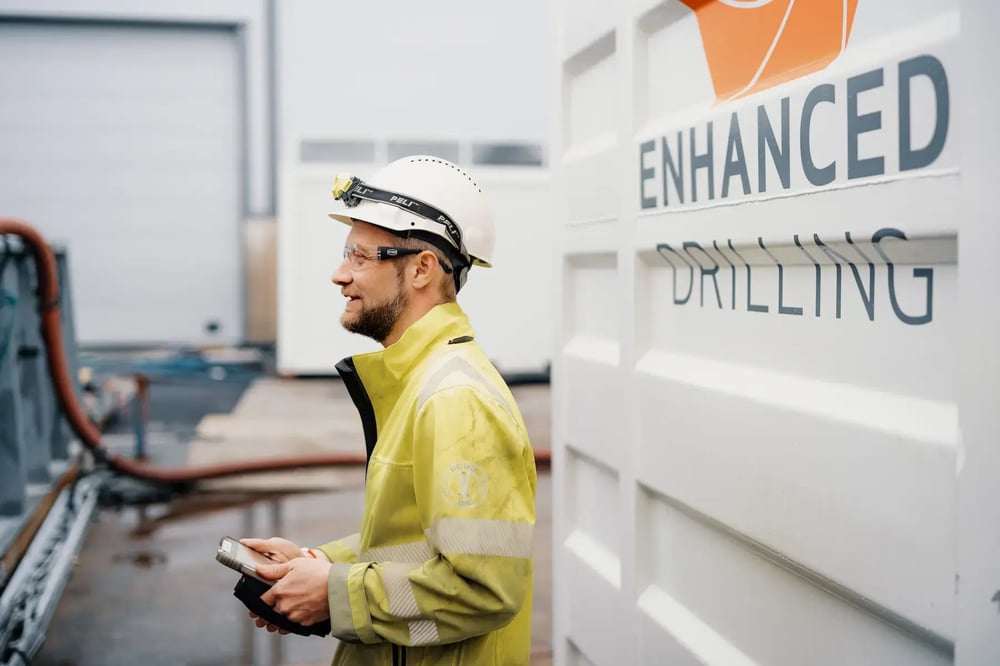
OTHER EVENTS
This section highlights a few contingency events and operations which does not apply for all wells.
Losses
CCS
In case of losses the flowrate can be reduced. Drilling may continue with reduced flowrate if the losses subsided.
SBP
In case of losses the flowrate can be reduced. Drilling may continue with reduced flowrate if the losses subsided. For wells at high risk of losses, pre-planning with lower density fluids and increased back pressure is recommended. The applied back pressure can then be adjusted if losses are encountered.
CML
In case of losses the riser level is lowered to stop the losses. Drilling may continue with the same parameters as before if the losses subsided.
Customer success story: How the EC-Drill® enabled gravel packing without inducing losses.
Differential sticking
CCS
CCS is not used for stuck pipe situations.
SBP
SBP can be used to free stuck pipe by displacing the well to a lower
density fluid and then reduce the applied backpressure.
CML
CML can be used to free stuck pipe by lowering the riser level.
Determining actual conditions
CCS
Theoretically, CCS can be used to perform Dynamic Formation Integrity Test (DFIT) and Dynamic Pore Pressure Test (DPPT) by increasing or reducing the flowrate in steps. When the pressure drops below actual pore pressure, the Blowout Preventer (BOP) would be closed, and conventional well control applied.
SBP
SBP can be used to perform DFIT and DPPT by increasing or reducing the applied backpressure in steps. When the DPPT goes below actual pore pressure, SBP can circulate out the resulting influx.
CML
CML can be used to perform DFIT and DPPT by increasing or reducing the riser level in steps. When the DPPT goes below actual pore pressure, the BOP would be closed, and conventional well control applied unless a riser closure device is installed.
Mud Cap Drilling
CCS
CCS is not used for Mud Cap Drilling.
SBP
SBP can be used for Pressurized Mud Cap Drilling (PMCD). Initially, the annulus is displaced to a Light Annular Mud (LAM). The well is monitored and controlled with annular pressure readings and surface choke. The well is kept overbalanced through intermittent injections (bullheading). When pulling out a gunk pill is commonly spotted, and the well is capped above it with a heavy density fluid. Installing the RCD when running casing or liner can pose a challenge.
CML
CML can be used for Controlled Mud Cap Drilling (CMCD) without requiring displacements. The well is monitored and controlled with riser pressure readings and the Surface Pump Module (SPM). The well is kept overbalanced by the top-fill and boost pump continuously running and exceeding the injection rate. The excess fluid goes back to the rig. CMCD makes it easy to control and monitor the well regardless of casing or liner size – or when there is no pipe in the well.
Wireline operations
CCS
CCS is not applicable for wireline operations.
SBP
SBP can be used for wireline operations by first installing an adaptor into
the RCD and using a lower density fluid in the well.
CML
CML can be used for wireline operations.

Well control
This section provides an overview of detection and monitoring capabilities for each system, together with their ability of performing Influx Management.
Well Monitoring and EKLD
CCS
With non-stop circulation, it is easier to monitor the well because there are no volume changes in the flowline. The mass-flow meter also receives a constant flow providing Early Kick and Loss Detection (EKLD), and accurate readings in single phase return flow.
SBP
SBP uses a mass-flow meter for EKLD providing accurate readings in single phase return flow. During non-circulating events, fluid is circulated on the surface through the mass-flow meter to maintain EKLD capabilities.
CML
CML uses the pressure sensors subsea in the riser for improved EKLD. The riser can be added as an active pit, with direct measurements on the well during non-circulating events. By keeping the riser level below the telescopic joint, uncertainties such as flowline volume and rig motion are eliminated making the readings even more accurate and reliable.
Check out this case study: EC-Drill® Instant Kick Detection Demonstrated on Deepwater Well
Influx management
CCS
CCS relies on conventional well control.
SBP
SBP can manage and circulate out an influx up to a predefined size. It can also address Riser Gas Handling.
CML
CML relies on conventional well control unless operated together with a riser closure device.
Footprint
CCS
CCS has a small footprint, requiring a hose on the rig floor to be connected during connections.
SBP
SBP has a large footprint, requiring a choke manifold, buffer manifold and occasionally a junk catcher plus other minor parts and lines.
CML
CML has a medium footprint, as the main component is placed subsea. Requires a Launch and Recovery System (LARS) in the moonpool area.
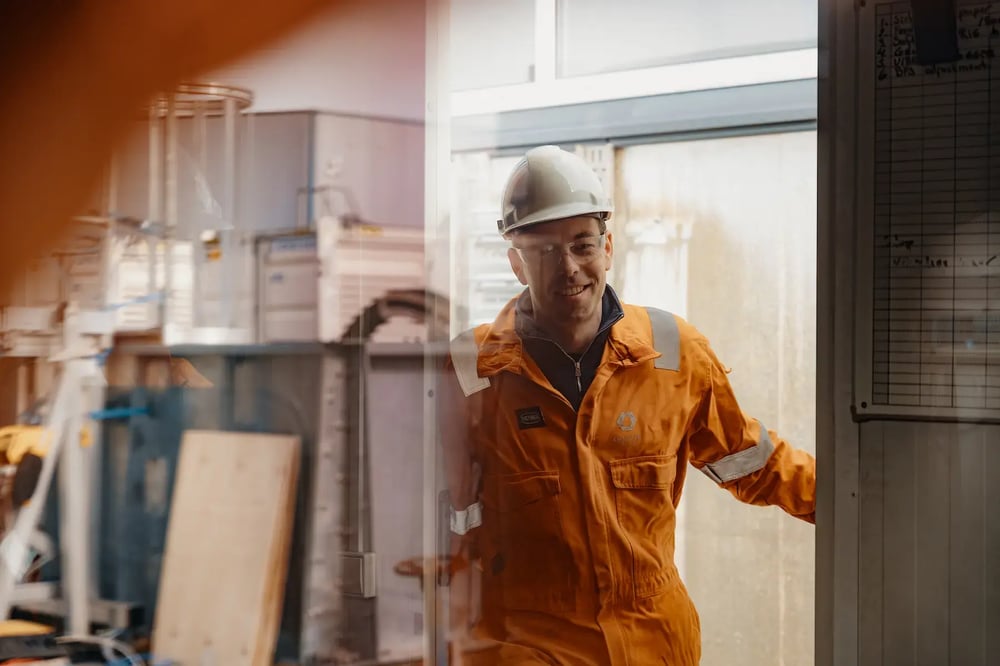
RIG TIME
When incorporating applications into drilling and completion operations, the efficiency of rig time is crucial. This section provides a cost-benefit analysis, by looking into the advantages the MPD system offers versus any additional or reduced rig time they bring.
CCS
CCS requires minimal rig-up time. During drilling operations, the hose needs to be connected and disconnected to and from the sub on the stand during connections. It is necessary to displace the well between drilling fluid density and tripping fluid density.
SBP
SBP has a more extensive rigging process involving the setup of the annular and RCD along with flowlines, bleed-off lines, and umbilicals. before commencing operations, testing and fingerprinting is needed. The RCD must be run and retrieved every trip. During drilling operations, the mud pumps are ramped down and up during connections while backpressure is adjusted. It is necessary to displace the well between a drilling fluid density and a tripping fluid density. The displacements and running in hole in a heavy density fluid are particularly time consuming in a narrow operating window. If using Managed Pressure Cementing (MPC), additional time is required for displacing out the tripping fluid to a cementing fluid due to the narrow annulus caused by the liner in the hole.
An alternative to displacing to trip fluid can in some instances (see Tripping Out and Run in Hole sections) be stripping out at reduce speed instead. However, frequent stripping leads to more frequent retrievals and deployments of the RCD to change seals.
CML
CML typically requires a couple of hours to install the SPM before commencing operations. During drilling operations, the mud pumps are ramped down and up during connections while the riser level is adjusted.
Tripping operations are optimized without requiring displacements. MPC operations are faster by enabling higher flowrates when conditioning the fluid in a narrow annulus.
Summary
Hopefully, by being presented with the differences between these three methods, you now have the knowledge to make the right decision when choosing the right MPD method for your operation.
Let's do a brief overview of the key benefits and disadvantages associated with each system previously described in this article.
CCS
The benefits of CCS lie in its simplicity. It requires little rig modifications and have a small footprint. With CCS the pressure profiles hardly differ between static and dynamic conditions throughout the open hole. The continuous circulation creates optimal hole cleaning and can enable using lower viscosity fluids.
The disadvantages are primarily the limitations for when it can be used and the need for displacements.
SBP
The benefits of SBP are its ability of performing influx management and riser gas handling. For the same reason it can be used to determine the actual pore pressure values without requiring conventional well control afterwards.
The main disadvantages are the pressure profiles it creates with a high pressure at the Shoe, and the associated flat time caused by the displacements and tripping time. In addition, modifications to equipment and assemblies may be required for operations such as completion and wireline.
CML
The benefits of CML are that it is user-friendly and versatile for all operations. It speeds up tripping operations and avoids the displacements commonly associated with MPD. It has a unique monitoring and EKLD system removing uncertainties and giving accurate readings during non-circulating operations. The pressure profiles it generates have lower pressure at the shoe, and it can use the Dual Gradient effect to simplify the well design. Managed Pressure Gravel Pack is possibly the largest value driver with improved production rates.
The main disadvantages are that it cannot be used on land or on fixed installations such as Jack-Ups and platforms.
Unless operated together with a riser closure device, it relies on conventional well control methods.
Want to learn more about the EC-Drill®? Have a look here.
Want more information?
Whether you're curious about MPD solutions, want tailored advice, or simply have questions - I'm here to help.
Fill out the form and I'll get back to you.





